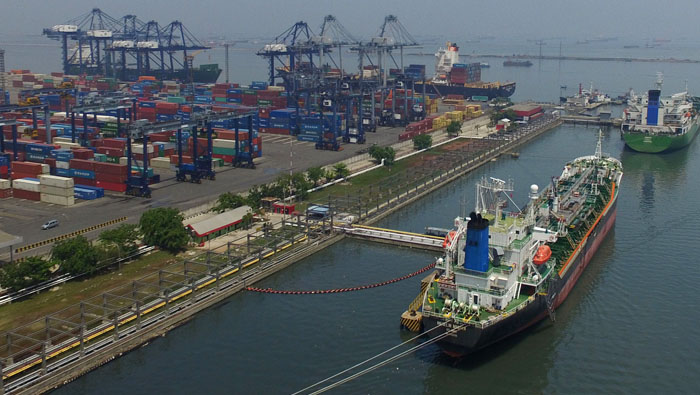
Tehran: Iran ratcheted up its offence in the oil market after breaking a pricing tradition, signaling it’s seeking to win market share at a time when rival producers are trying to forge a deal on freezing output.
State-run National Iranian Oil Company (NIOC) will sell the Forozan Blend crude for May to Asia below the level offered by rival Saudi Aramco for Arab Medium, the third month the Gulf state is giving the discount after setting it at a premium for almost seven years through February 2016, data shows.
The NIOC will also sell the Iranian Light grade to Asian customers at 60 cents below Middle East benchmark prices, a company official said on Friday, asking not to be identified because of internal policy.
While producers including Saudi Arabia, Opec’s biggest member, and Russia are due to meet in Doha on April 17 to discuss a deal to freeze output in a step toward clearing a global glut, Iran is determined to regain market share lost over the past few years due to sanctions over its nuclear programme.
To pry away customers relishing oil that is cheaper than mid-2014 levels by more than 50 per cent, the Gulf state is expected to focus on pricing and boosting supply.
"Unquestionably, since the lifting of sanctions, the Iranians have become a force to be reckoned with in global oil markets,” said John Driscoll, chief strategist at JTD Energy Services, who has spent more than 30 years trading crude and petroleum in Singapore. "Their mission is to recapture market share, pure and simple.”
Oil discounts
NIOC will sell the Forozan Blend in May for Asian customers at $2.43 a barrel below the average of the Oman and Dubai benchmark grades, according to the company official. That’s 3 cents lower than state-run Saudi Aramco’s price for the similar Arab Medium variety for a third month, data shows. Forozan was at a premium of 7 cents to the Saudi oil for February sales.
The Iranian Heavy grade will sell in May to Asia at a discount of $2.60 a barrel to the Oman-Dubai average while the Soroosh variety’s price was set at $5.65 a barrel below Iranian Heavy, according to the official.
While the key battle for market share will take place in Asia, the world’s biggest oil-consuming region, JTD Energy’s Driscoll sees "vigorous competition” between Iran and other Middle East producers for outlets in other regions such as the Mediterranean and Northwest Europe.
Output freeze
Saudi Arabia has said it will only freeze output if it’s joined by other suppliers including Iran, while Kuwait has signaled a deal doesn’t hinge on the Gulf state. Iran, meanwhile, plans to boost production to 4 million barrels a day by the end March 2017, according to the nation’s Shana news service, which cited Oil Minister Bijan Namdar Zanganeh.
"The re-emergence of Iran as a viable exporter post-sanctions will challenge the prevailing status quo within Opec, as evidenced in the latest debate over the implementation of the output freeze,” Driscoll said.